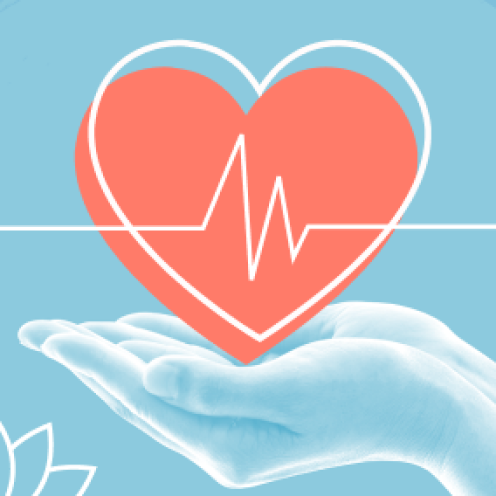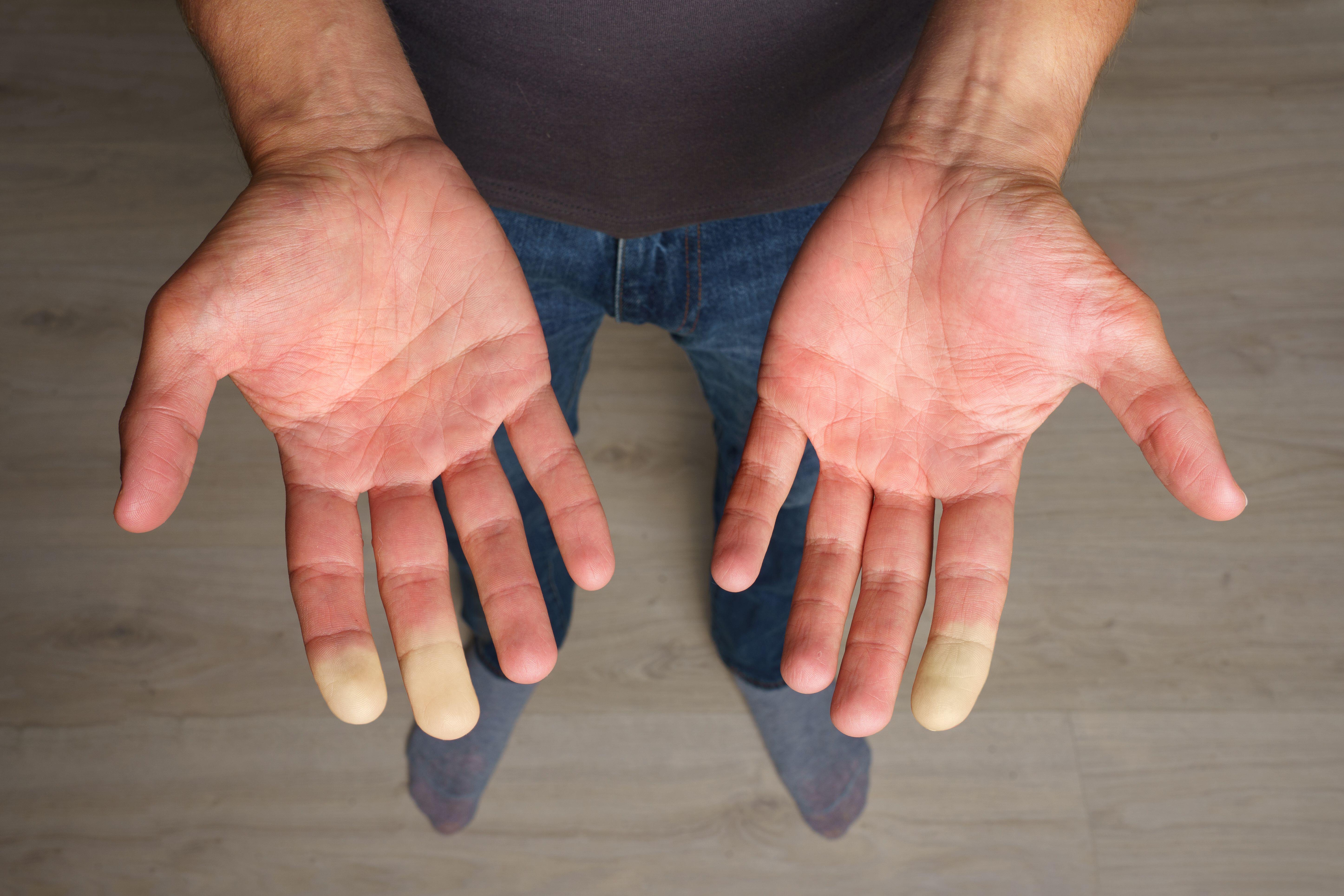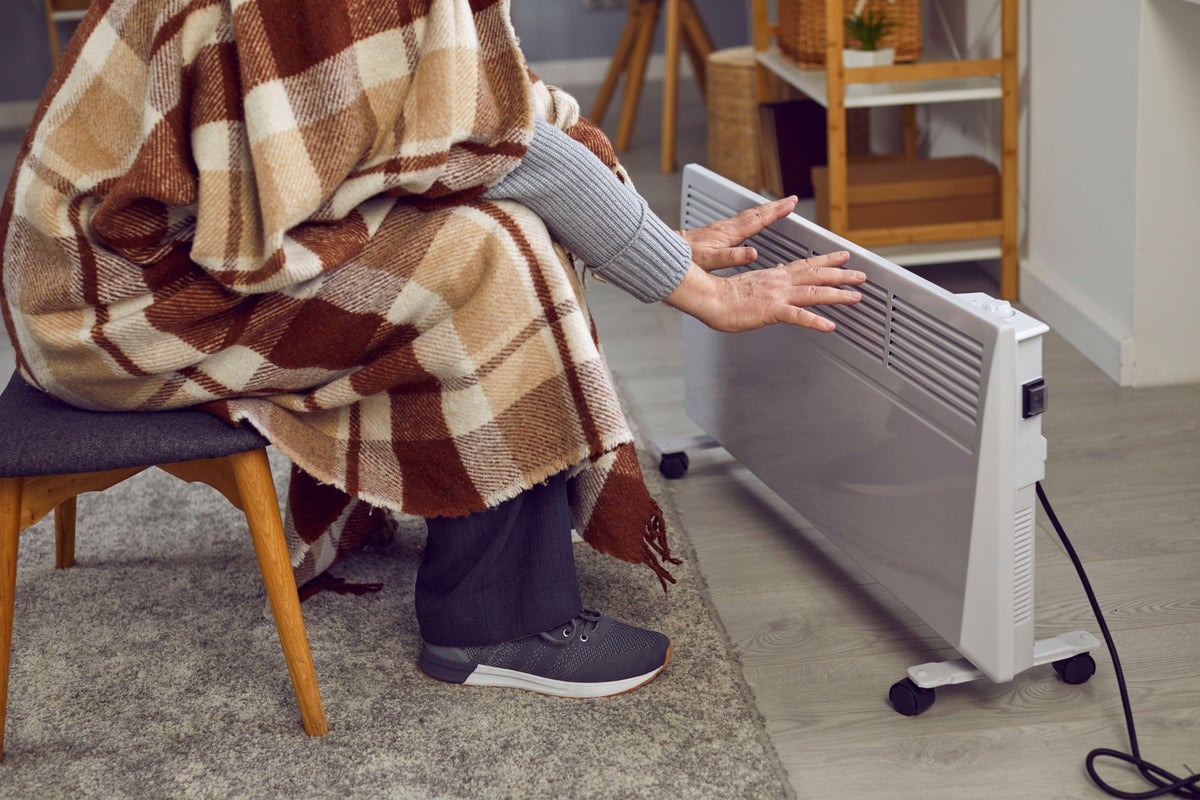
Sign up to our free Living Well email for advice on living a happier, healthier and longer lifeLive your life healthier and happier with our free weekly Living Well newsletterLive your life healthier and happier with our free weekly Living Well newsletter

Brace for a significant drop in temperatures across the UK this week, as health authorities issue warnings for plummeting conditions.
Residents are advised to wrap up warm before venturing outdoors.
The UK Health Security Agency (UKHSA) has activated an amber cold health alert, specifically targeting the North East, North West, and Yorkshire and the Humber regions.
Concurrently, a yellow alert has been issued for the remainder of England, with both warnings in effect from midday on Monday until 8am on Friday.
As the air turns considerably colder, it is natural for extremities such as hands and feet to feel chilly.

open image in gallery
Having cold hands in winter is somewhat expected – but here are the warning signs something more sinister is going on (Alamy/PA)
However, if this cold sensation persists constantly, it could potentially indicate a more serious underlying health concern.
Dr Sam Firoozi, a consultant interventional cardiologist at HCA Healthcare UK’s The Harley Street Clinic, provided insights into why our hands and feet are especially vulnerable to the cold weather.
He further detailed the key warning signs that could suggest it is time to seek medical advice.
What happens to our hands and feet during cold weather?
“The blood circulation to the hands and feet is regulated by the autonomic nervous system, which is an involuntary nervous system that we all have,” explains Firoozi. “Its job is to open up the arteries (vasodilation) to encourage more blood flow in warmer weather. Conversely, in the colder weather, this system constricts the small blood vessels in the peripheries [such as our hands and feet] to restrict blood flow (vasoconstriction) to the edges in order to maintain heat and maintain body temperature.”
Which medical conditions can lead to unusually cold extremities?
Conditions such as Raynaud’s phenomenon involve an exaggerated response of the autonomic nervous system.
“Raynaud’s phenomenon is a situation where that constriction in response to cold environments is very much exaggerated,” says Firoozi. “Not only is the circulation poorer, but in some cases circulation can completely shut down causing white or blue discolouration in the fingertips, which can be very painful.”
There are also other conditions associated with this.

open image in gallery
A man with Raynaud’s showing his hands (Alamy/PA)
“The conditions that are typically associated with Raynaud’s include scleroderma, rheumatoid arthritis and SLE [systemic lupus erythematosus], which an autoimmune condition,” says Firoozi.
In addition, patients can also experience Raynaud’s phenomenon as a result of a limb injury.
“Patients with a nerve injury to their arms can experience very bizarre autonomic responses, where actually it can vary from going to complete vasoconstriction, followed by extreme vasodilation,” says Firoozi. “This can cause limbs to go blue and white and then become bright pink, and can be very painful.”
Furthermore, certain medications can also trigger Raynaud’s.
“Beta blockers, a type of cardiac medication, have been associated with Raynaud’s because they block that sympathetic receptor,” explains the cardiologist.
What warning signs should you see a doctor about?

open image in gallery
If you are experiencing extreme discolouration of your hands or feet, it is best to seek medical advice (Alamy/PA)
“In really cold weather we all have experiences of numb fingertips, but if you experience extreme discolouration which takes a long time to correct, than I would seek medical advice,” advises Firoozi. “For most of us, everything returns back to normal after a minute or two, but in patients with Raynaud’s it can take a long time.
“If you get permanent discolouration or a change in the appearance of your fingertips or nails, that’s not normal.”
Pain is also a red flag.
“Initially, it can feel like a burning pain, associated with numbness, and then it can be a really painful throbbing-like pain,” says Firoozi.
The cardiologist also encourages patient to track any changes.
“It can be very helpful to take photos of any changes with your smartphone,” recommends Firoozi. “If it’s a new pattern of abnormality, that should be discussed with your GP.”
What steps can individuals take to boost circulation and stay warm during the winter months?
“Keep your hands warm in gloves or your pockets,” advises Firoozi. “There are also gels that you can warm up in the microwave and then hold in your pocket. In addition, you can also get special gloves which have heaters in them.”
Meanwhile, patients with Raynaud’s are sometimes prescribed medication, especially if their symptoms are severe.
“Some patients might need medication that can actually open up arteries in the peripheries, such as calcium blockers,” says Firoozi.
Surgery is also an option in extreme cases.
“People can have an operation where the sympathetic nerve that supplies the peripheries is deliberately surgically destroyed or resected to prevent Raynaud’s phenomenon from happening,” says Firoozi.

